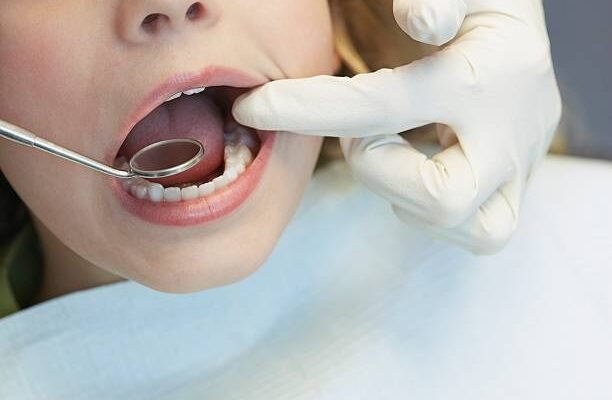In an entire lifetime, you get 2 sets of teeth, one is milk teeth in childhood, and the second set is when the milk teeth are shed, called permanent teeth. Milk teeth are 20 in number and 32 when permanent teeth but some people end up with more than that number, known as hyperdontia.
Best Dentist in Mohali states that hyperdontia is a condition causing too many teeth to grow in your mouth, teeth are also known as supernumerary teeth, which can grow anywhere around the teeth, this area is known as dental archers.
Around 3.8% of people have one or more extra teeth, extra teeth can be visible or impacted (not broken through the gum). Hyperdontia may not be visible in children, they look normal, come in regularly, or be aligned with the other teeth.
Extra teeth can form anywhere in the mouth:
- Mesiodens: They are extra teeth that grow behind the front teeth or incisors known as maxillary incisors and are the most common type of extra teeth.
- Paramolars: These grow exactly next to the molars.
- Distomolars: These teeth grow in line with the rest of the molars.
An extra tooth can come in a variety of shapes:
- Conical: This is a small, cone-shaped tooth that grows behind front teeth.
- Tuberculate: This is a barrel-shaped tooth, that comes in pairs, and rarely emerges from gums.
- Supplemental: This is a regular-shaped tooth usually found at the end of the series.
- Odontoma: This is where the dental tissues are grown unusually.
Cause of Hyperdontia
Researchers in the Dental Clinic In Mohali state that there is no exact cause known for hyperdontia, but some disorders can be the reasons:
- Gardner syndrome is an inherited disease and is more likely to cause tumors and are at high risk of cancer at a young age.
- Fabry disease is a rare condition, causing severe burning pain in the hands and feet, rashes, stomach pain, and inability to sweat.
- Cleidocranial dysostosis is a rare condition that runs in families and causes deformities in bones, particularly in the skull and collarbone.
- The cleft lip or cleft palate is an opening in the upper lip or the roof of the mouth, which are birth defects that happen very early in pregnancy leading to problems like ear infections and trouble with feeding, hearing, and speech.
TREATMENT FOR HYPERDONTIA
Some cases of hyperdontia don’t require any treatment at all. However, in some other cases, the extra teeth are needed to be removed. The Best Dentist in Mohali will likely suggest the removal of additional teeth if you:
- Have an underlying genetic condition leading the extra teeth to develop further,
- Cannot chew properly
- Feel pain or discomfort
- Facing a challenge in brushing or flossing the teeth
- Feeling uncomfortable or self-conscious
Make sure you tell your dentist about everything you are feeling or have a history of some dental problems. If you face pain, discomfort, weakness, or swelling in your mouth if you have hyperdontia then ask the Dental Clinic In Mohali to recommend any medication or pain-relieving substance.


